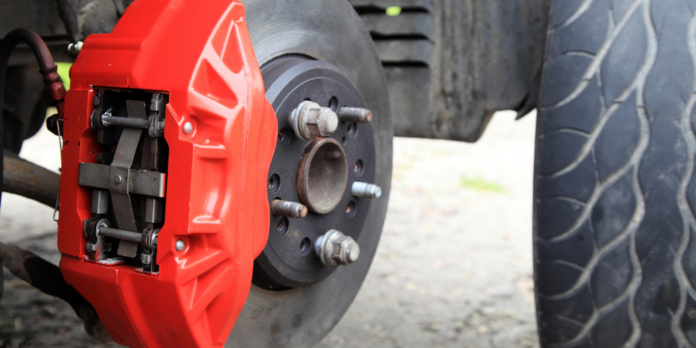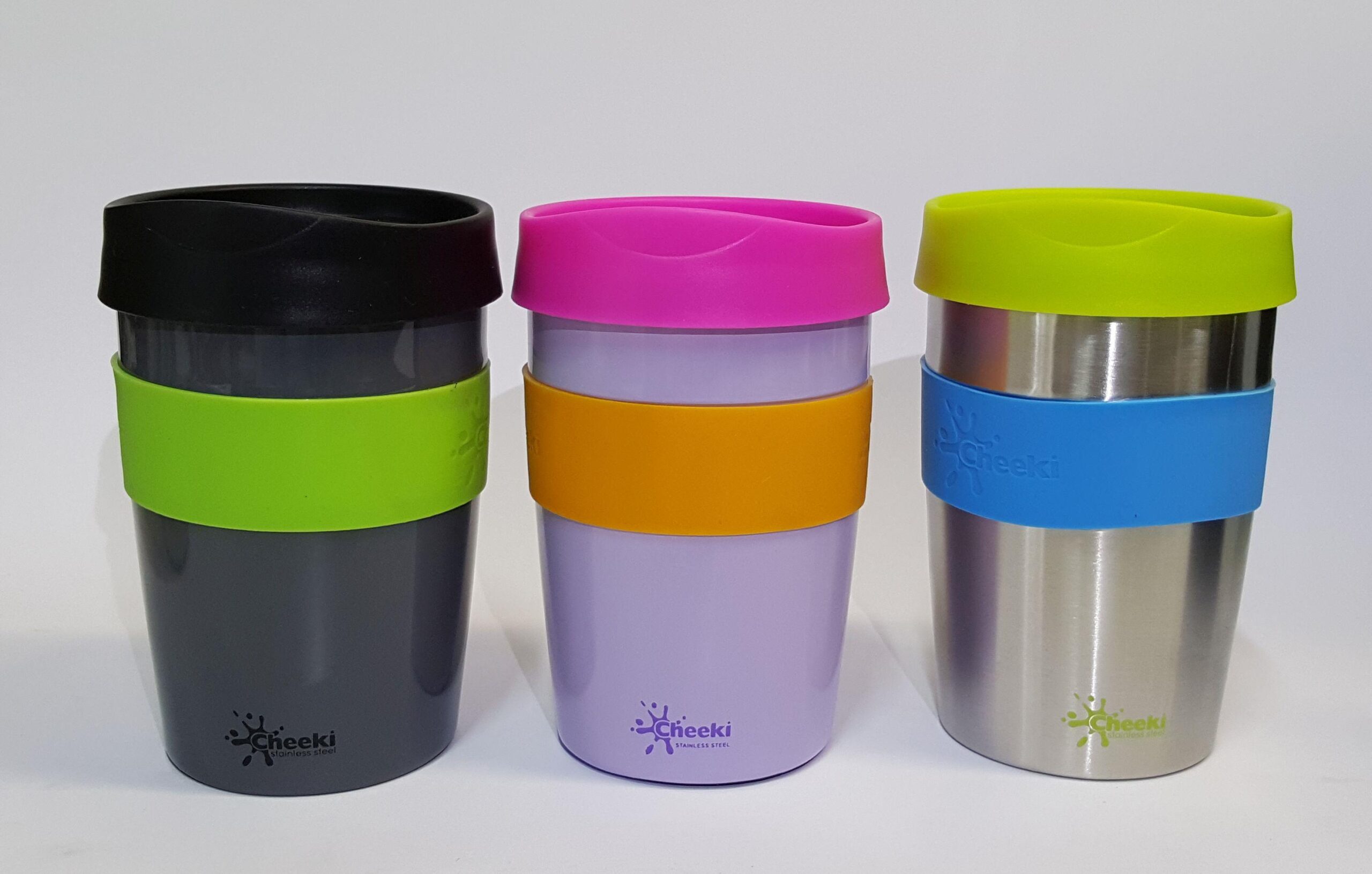Brake calipers are a common part of the braking system, but they can be confusing if you don’t know how to tell them apart. The most important thing to remember is that there are three different types: floating brake calipers, fixed calipers, and sliding calipers. Each type has its own advantages and disadvantages when it comes to vehicle performance and maintenance needs. In this blog post, we’ll discuss each type separately so that you can make an informed decision about which one will work best for your needs!
The types of brake calipers give you the opportunity to choose the exact type of performance you want from your vehicle. Floating brake calipers allow for the most flexibility in terms of how much surface area is present on each wheel when they are installed while sliding and fixed calipers tend to be less flexible.
Floating Calipers
Floating calipers are used on the rear of the vehicle. They are typically found on performance cars and trucks, as they allow for greater stopping power while also providing a stiffer ride.
Floating calipers have a single piston that moves back and forth inside a cylinder. This cylinder can be made out of aluminum or steel, with rubber seals between them to ensure there is no leakage when pressure is applied to it.
The piston has two ends: one end that attaches directly onto your rotor (or disc), while another end acts as an armature around which you drive your brake shoes by pressing them against this armature until they are flush with its surface; this causes friction between those pieces so that when you apply pressure again, they will slow down quickly without causing any damage due to heat generation within their material composition.
Fixed Calipers
Fixed calipers are a type of brake caliper that does not allow the brake pads to move. This can be used on vehicles with drum brakes, or it can also be used on disc brakes.
In order to understand how fixed calipers work, let’s first look at what happens when you apply your foot to the pedal of your vehicle and squeeze down hard on it. The force that pushes against the pedal will cause one or more of these things:
The shoes inside your tires turn against their rubber bottoms and make them squeal as they roll over them (this is called “squealing”).
The pads get pressed onto their surfaces until they begin sticking together so tightly that they’re unable to slide anymore (this is called “sticking”).
Sliding Calipers
Sliding calipers are the most common type of calipers, and they’re also called floating calipers. The name comes from the fact that they slide along the rotor instead of being mounted directly on it. Sliding is more efficient than mounting brakes directly to a rotating part because it avoids friction between moving parts and allows for faster stopping times without losing control or causing damage to your vehicle’s suspension system.
In racing applications, sliding calipers are often used because they allow you to quickly adjust your brake balance by simply moving them in different directions until you find something that works best for your car’s setup (which can be tricky).
However, these types of brakes tend to be more expensive than other types—and even if you don’t mind spending money on high-performance equipment as this one does then there might not actually be any benefit for using such an expensive piece since there isn’t much difference between them anyway so why spend extra money on something unnecessary?
Automatic Slack Adjusters
Automatic slack adjusters are used in cars with disc brakes. They’re meant to compensate for pad wear and can be adjusted manually or automatically. If you want your car’s brakes to work properly, it’s important that you understand how these devices work so you can make sure they’re working as intended.
In most cases (but not all), an automatic slack adjuster is mounted on a cable that runs between the brake pedal and brake booster/master cylinder assembly. The end of this cable has a lever attached; when pressed down by your foot while braking, it releases tension on one side of the cable—this causes one side of each caliper piston to retract slightly inside its borehole in order for more heat dissipating surfaces at those points where metal meets metal when applying force against them during use
Brake Caliper Bolt Sizing
The size of the bolt is critical to proper brake operation. A typical caliper has four bolts: two on each side that holds it in place, and one at the top center of the wheel hub. These should be torqued to a value between 80-100 ft-lb (112-140 Nm). Torqueing too little can cause a wobble or vibration at high speeds; too much can warp your wheels or damage other parts of your car’s suspension system. Tighten each bolt in a cross pattern with an alternating pattern between each side—this will help distribute pressure evenly across all four corners of your vehicle during braking, instead of pushing all that force downward onto just one area at once. Finally, inspect each bolt for signs of wear before applying more torque!
Conclusion
That’s it for the different types of brake calipers! Hopefully, this has given you enough information to understand which type is right for your car and what each one does. It’s important to have the right equipment for any job, whether you’re doing your own brake work or letting a professional do it for you. If you don’t know what type of brake caliper is best for your vehicle, consult with a mechanic or do some research beforehand so that you know exactly what kind of tools and parts you’ll need!













